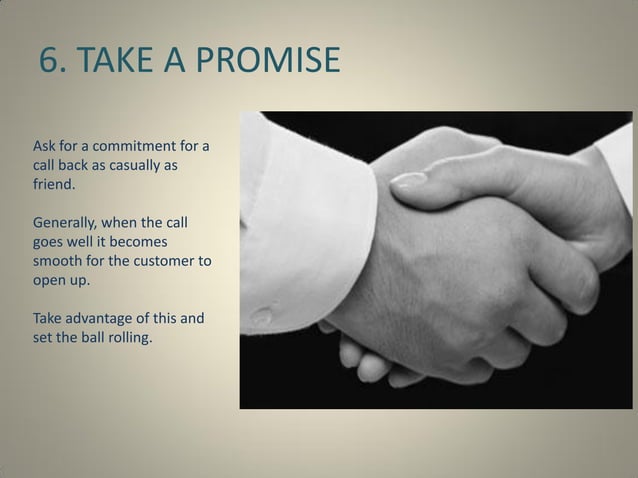Unlocking the Power of "Why": Crafting Compelling Sales Pitches for Your Product or Service
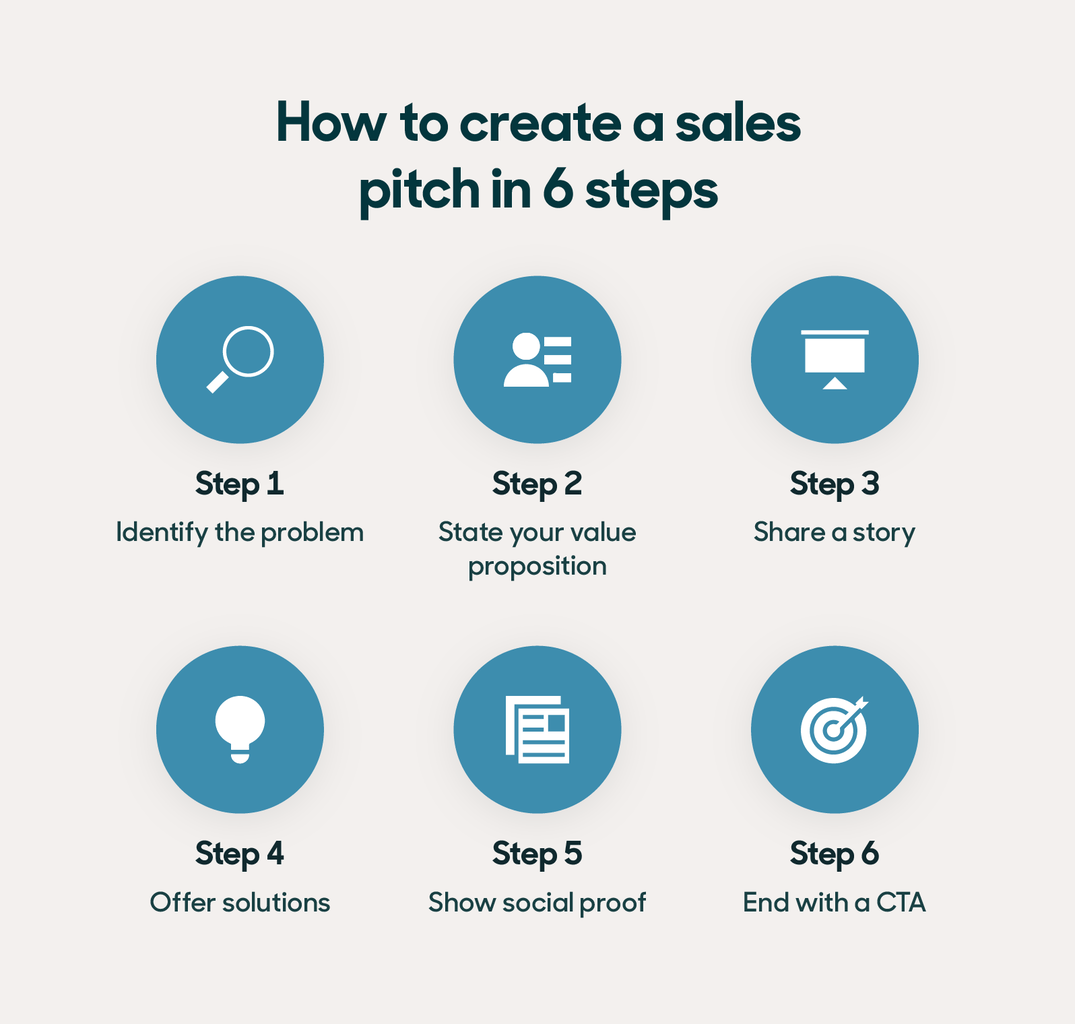
As an interior design expert and architect, I’ve spent years crafting spaces that resonate with people’s needs and desires. This experience has taught me the importance of not just showcasing features, but highlighting the benefits those features deliver.
To effectively communicate the value of your product or service, you need to understand the "why" behind your customer’s purchase. This "why" is the emotional driver that fuels their decision-making process.
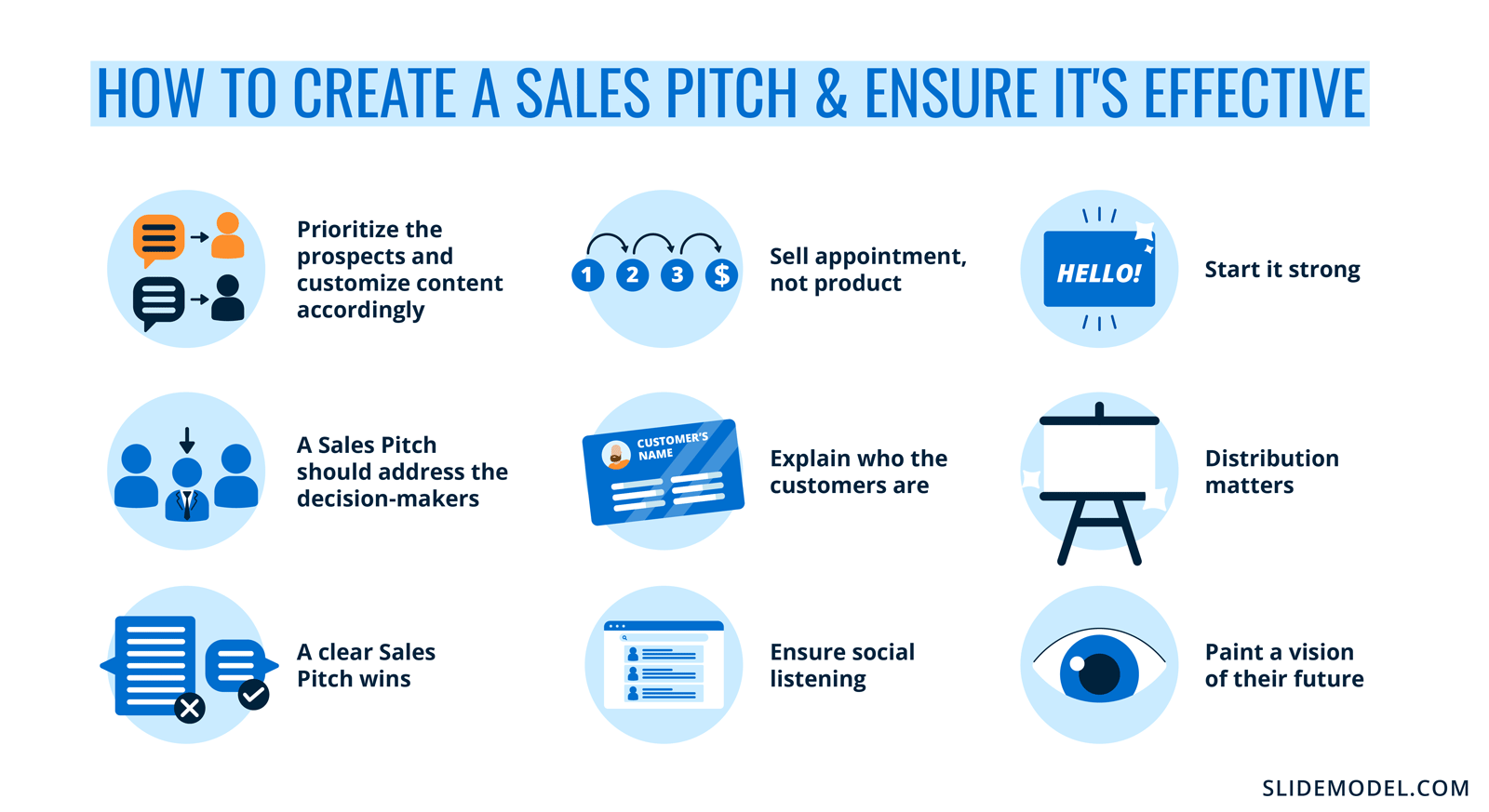
Here’s a breakdown of how to identify the key features and benefits to emphasize, tailored to different customer segments:
Step 1: Define Your Ideal Customer
Before diving into features, you need to know who you’re talking to. Create a detailed customer persona, outlining their:
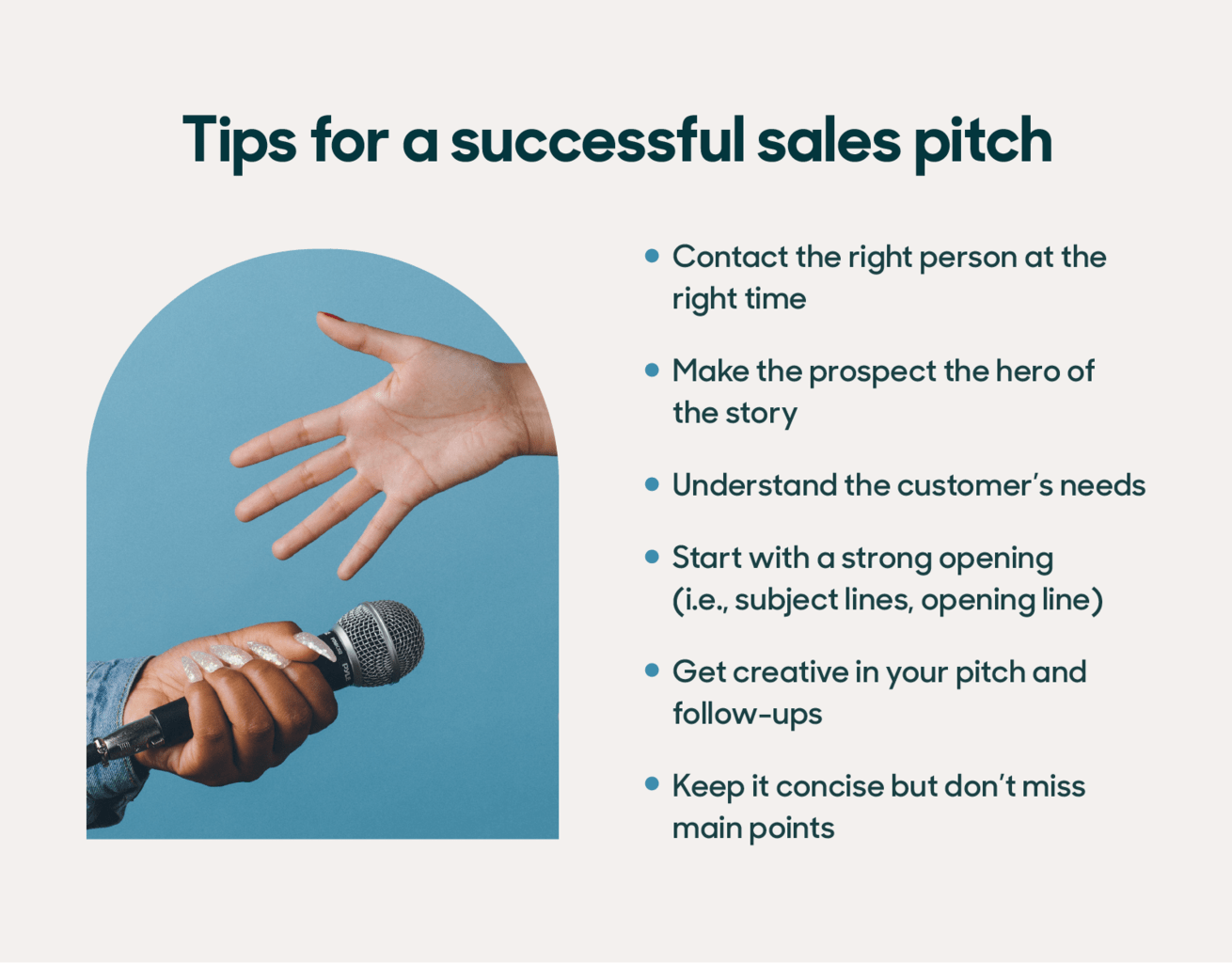
- Demographics: Age, gender, occupation, income level, location.
- Psychographics: Values, lifestyle, interests, hobbies, motivations.
- Needs and Pain Points: What problems do they face? What are their unmet desires?
- Goals: What are they trying to achieve? What are their aspirations?


Step 2: Identify Your Product’s Key Features

List every tangible aspect of your product or service. This could include:
- Functionality: How does it work? What tasks does it perform?
- Design: Aesthetics, materials, craftsmanship.
- Technology: Unique functionalities, software integrations.
- Pricing: Price point, payment options.
- Customer Support: Warranty, return policies, accessibility.




Step 3: Translate Features into Benefits
This is where the magic happens. For each feature, ask yourself:
- How does this feature solve a problem for my customer?
- What positive outcome does it deliver?
- What emotional response does it evoke?


Example:
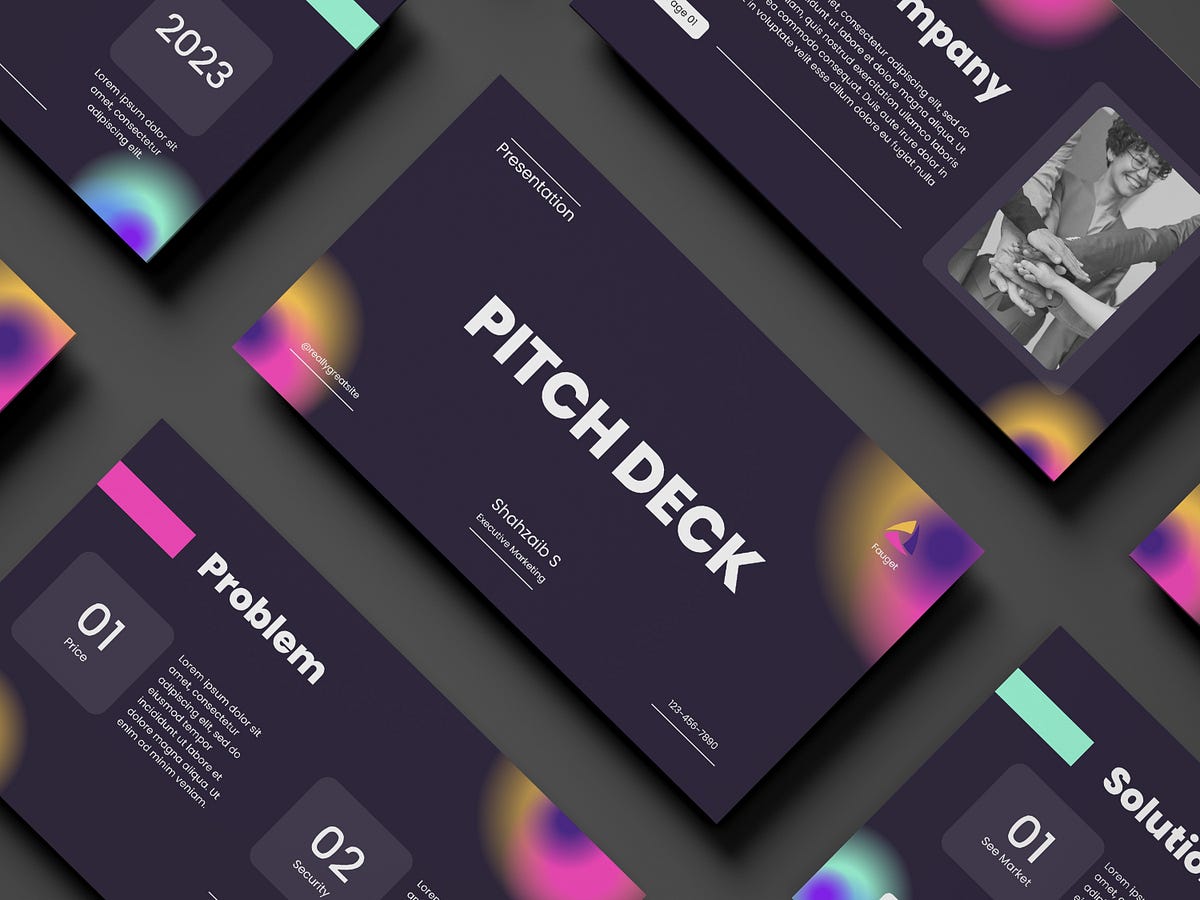
Feature: A high-performance air purifier with a HEPA filter.
Benefit: Improved indoor air quality, reduced allergies and asthma symptoms, a healthier and more comfortable home environment for your family.
Emotional Response: Peace of mind, a sense of well-being, a healthier future for loved ones.
Step 4: Tailor Your Message to Different Customer Segments
Your product or service might appeal to multiple customer groups. For each segment, prioritize the benefits that resonate most with their specific needs and desires.
Example:
Product: A one-bedroom apartment design plan.
Customer Segment 1: Young professionals seeking a stylish and functional living space in a limited area.
Key Benefits: Maximized space utilization, clever storage solutions, modern and minimalist aesthetics, easy-to-follow design plans for DIY renovation.
Customer Segment 2: Busy parents looking for a child-friendly and safe environment.
Key Benefits: Child-proof design elements, designated play areas, flexible and adaptable layout, comfortable and inviting spaces for family time.
Step 5: Craft Compelling Sales Pitches
Once you’ve identified the key benefits for your target customers, use them to create compelling sales pitches. Remember to:
- Focus on the "Why": Connect the benefits to your customer’s needs and desires.
- Use Strong Language: Descriptive words that evoke emotions and create a sense of urgency.
- Tell Stories: Share real-life examples of how your product has made a difference.
- Offer Proof: Testimonials, case studies, data points that validate your claims.
- Call to Action: Clearly state what you want your customer to do next.
Example Sales Pitch for a One-Bedroom Apartment Design Plan:
"Tired of feeling cramped in your one-bedroom apartment? Our design plans are tailored to maximize every inch of space, creating a stylish and functional living environment. Imagine waking up to a beautifully designed bedroom, a spacious kitchen perfect for cooking and entertaining, and a dedicated workspace that inspires productivity. Our easy-to-follow plans empower you to transform your small space into a haven of comfort and style. Contact us today for a free consultation and unlock the potential of your one-bedroom apartment!"
Applying the Framework to a One-Bedroom Apartment Design Plan
Let’s dive deeper into the specific features and benefits of a one-bedroom apartment design plan, focusing on two key customer segments:
Customer Segment 1: Young Professionals
Feature: Maximized space utilization.
Benefit: Creates a sense of spaciousness and functionality in a limited area.
Emotional Response: Reduced stress, increased sense of order and control, a feeling of accomplishment.
Feature: Clever storage solutions.
Benefit: Keeps belongings organized and easily accessible, minimizes clutter, maximizes living space.
Emotional Response: A sense of peace and tranquility, a feeling of being in control of their environment.
Feature: Modern and minimalist aesthetics.
Benefit: Creates a stylish and sophisticated atmosphere, reflects their personal taste, enhances the overall appeal of the apartment.
Emotional Response: Pride in their home, a sense of accomplishment, a feeling of belonging.
Feature: Easy-to-follow design plans for DIY renovation.
Benefit: Empowers them to take control of their renovation project, saves money on professional design fees, allows for personalized customization.
Emotional Response: A sense of empowerment, a feeling of accomplishment, a sense of ownership over their space.
Customer Segment 2: Busy Parents
Feature: Child-proof design elements.
Benefit: Creates a safe and secure environment for children, reduces the risk of accidents, provides peace of mind.
Emotional Response: A sense of security and well-being, a feeling of being able to provide a safe and healthy environment for their children.
Feature: Designated play areas.
Benefit: Provides a dedicated space for children to play and explore, keeps toys and clutter organized, allows for a more relaxing and comfortable living environment.
Emotional Response: A sense of peace and order, a feeling of being able to provide a stimulating and enjoyable environment for their children.
Feature: Flexible and adaptable layout.
Benefit: Allows for easy adjustments to accommodate changing needs and preferences, provides a sense of control and flexibility, creates a space that grows with the family.
Emotional Response: A sense of control and empowerment, a feeling of being able to create a space that meets their family’s evolving needs.
Feature: Comfortable and inviting spaces for family time.
Benefit: Creates a warm and welcoming atmosphere for family gatherings, encourages bonding and shared experiences, provides a sense of togetherness.
Emotional Response: A sense of warmth and belonging, a feeling of being connected to their family, a sense of contentment and happiness.
Conclusion:
By understanding your ideal customer’s needs and desires, you can translate your product’s features into compelling benefits that resonate with their emotions. This approach will help you create persuasive sales pitches that drive informed purchasing decisions and build lasting customer relationships.
